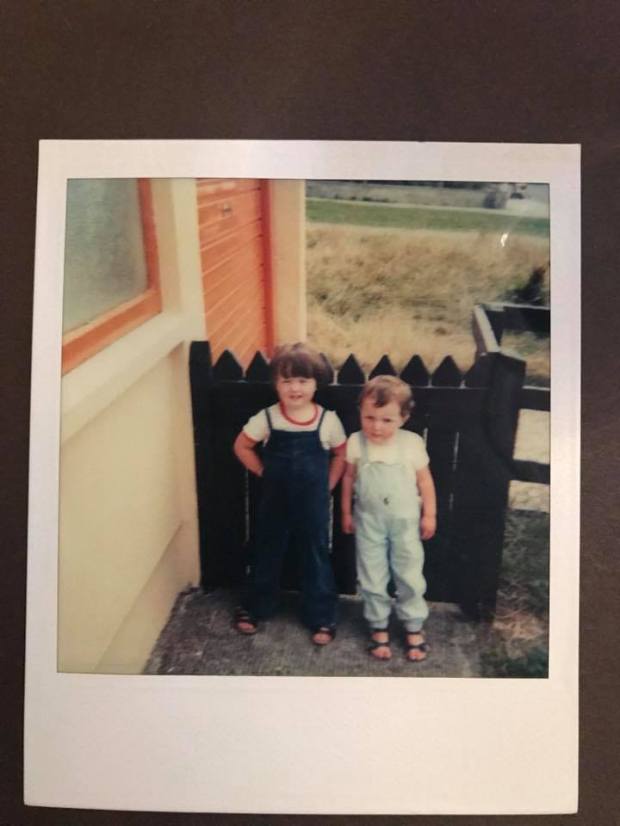When I started out on my Doctorate I did not realise how much my values as a person would shine through. Two recent examples really encapsulate this which I wanted to share in this blog.
The first happened during voting rounds for a school Governor vacancy at my son’s primary school. Each candidate was asked to write a small biography. To be honest- many of the biographies made me feel slightly inadequate. The applicants were exemplary, were highly qualified and had CVs I was rather envious of. However something else struck me- these biographies did not reflect the whole community the school serves as the school is located within an area of social housing.
As someone who grew up on a council estate I started to consider this through my own lived experiences. Could it be individuals did not have the confidence to be involved or they did not have the time? Or maybe the traditional forum being used was not the best way to reach out to this community and to get this community involved in the running of THEIR local school. Whatever the reasons, my thoughts were that if the governing body was missing the voice of part of the community would its aims and policies be truly representative of the learners it served?*

The second example happened at a strategic NHS meeting. Prior to the meeting, I started chatting to a radiographer who was an expert in their area of practice and who I believed had a fantastic working knowledge of the evidence base related to their field. However during the meeting- which largely had medical doctors in attendance- the radiographer did not participate in the conversation. Nor were they invited at any point to give their expert opinion. In fact, I spent most of the meeting thinking of ways I could draw said person in as I believed they had so much to offer the conversation. It makes me sad to report this is not the first time I have witnessed this.
I am currently revisiting a text called “Engaging Communities and Service Users” by Billie Oliver and Bob Pitt. There is a section which addresses participation space and the impact of who owns or lays claim to space. An example of work by Shier et al. (2012) is given whereby the researchers reached out and engaged participants through accessing participant’s space rather than expecting participants to come into a space convenient to the researchers. A small change in thinking creating a big difference on outcomes.
Although my Doctorate is about health professions education (radiography) and curriculum design processes the strand that weaves throughout is my personal value of inclusivity. In particular, the space in which health curriculum is designed. These recent real world lived examples reminded me of this. While those of us who develop healthcare curriculum will have public patient involvement for professional body validation, is what we currently do truly inclusive? Or is it just another paper exercise to complete as part of curriculum redevelopment procedures i.e. a tick box exercise and/ or token gesture.
When we seek patient public engagement do we really listen……. and do we act on what we hear? How do we ensure that the voices of those with situated knowledge (the knowledge of the insider) is heard alongside those with expert knowledge (the knowledge of the outsider/ practitioner)? For me inclusivity in health professions curriculum design starts before the listening and hearing. The beginning point is the space in which we engage our service users. Rethinking and redesigning traditional curriculum design space is creating a lot of work my end- much more than I realised. However if anything my reflections have highlighted- it will be worth the effort.
*Of note is that this was a list of those applying for a governor position that had arisen on an established governor board. I have set myself a task to find out who sits on the school Board of governors as it could be that there is a diverse range of individuals. I hope so!
An interesting blog, Janice. Inclusion is so important and barriers are being broken down thanks to the rise of Social Media which, to some extent, gives everyone the opportunity to be heard. This is why I really lie using Social Media to engage the public in research. Not thought about it as a means to get them involved in curriculum design but why not?
Thank you for taking the time to leave a comment Leslie. As your work has highlighted Social Media is a possible adjunct but by no means a replacement. The more “spaces” we have the better so we can hear the diverse voices of all the service users/ patents/ clients/public we work with. Wishing you a fantastic 2018 🙂